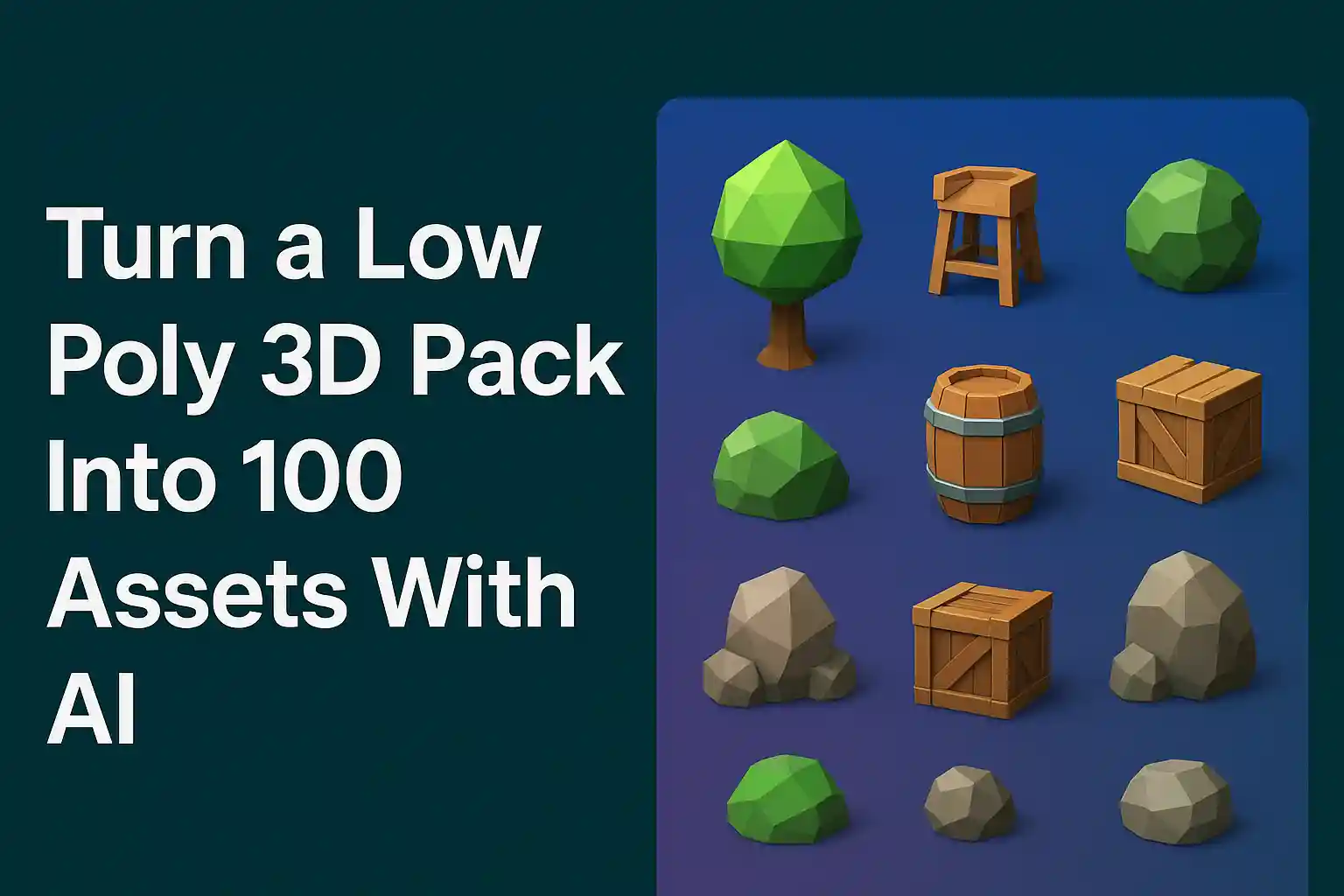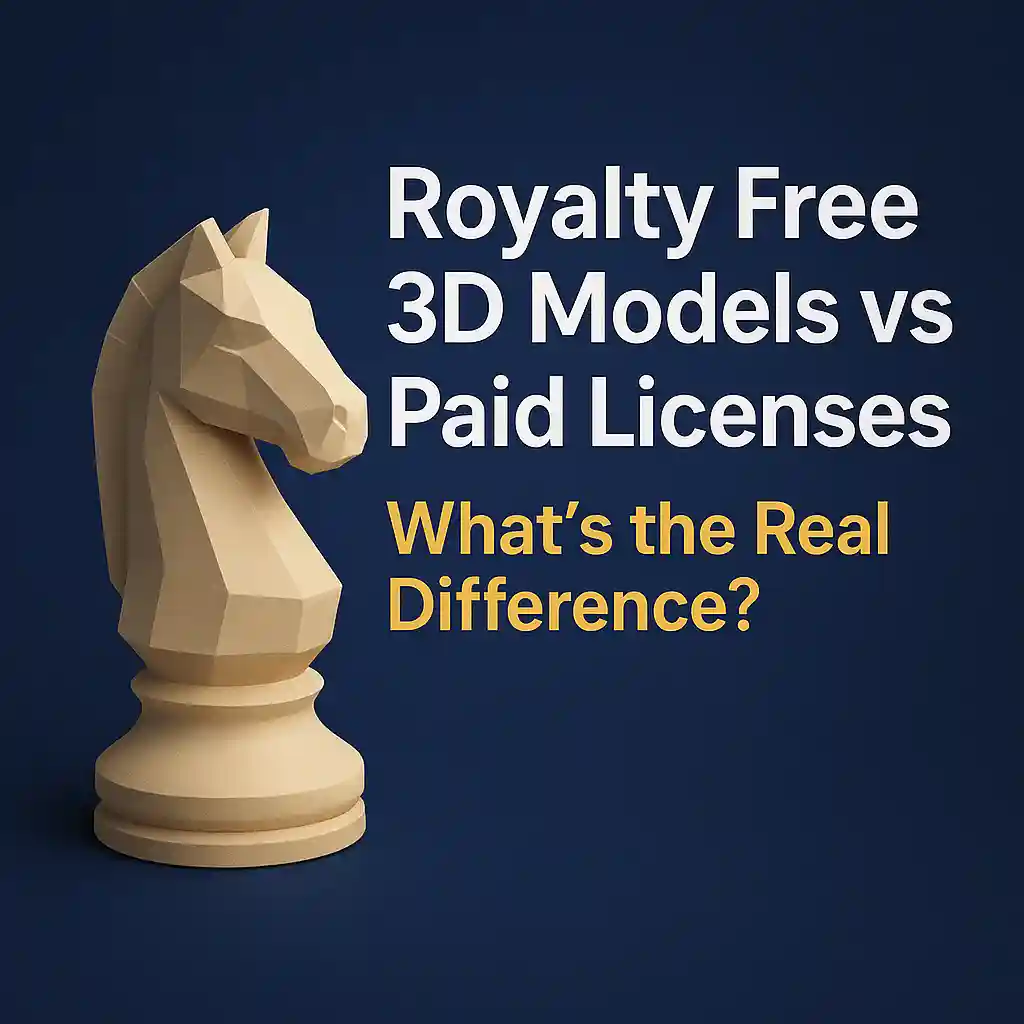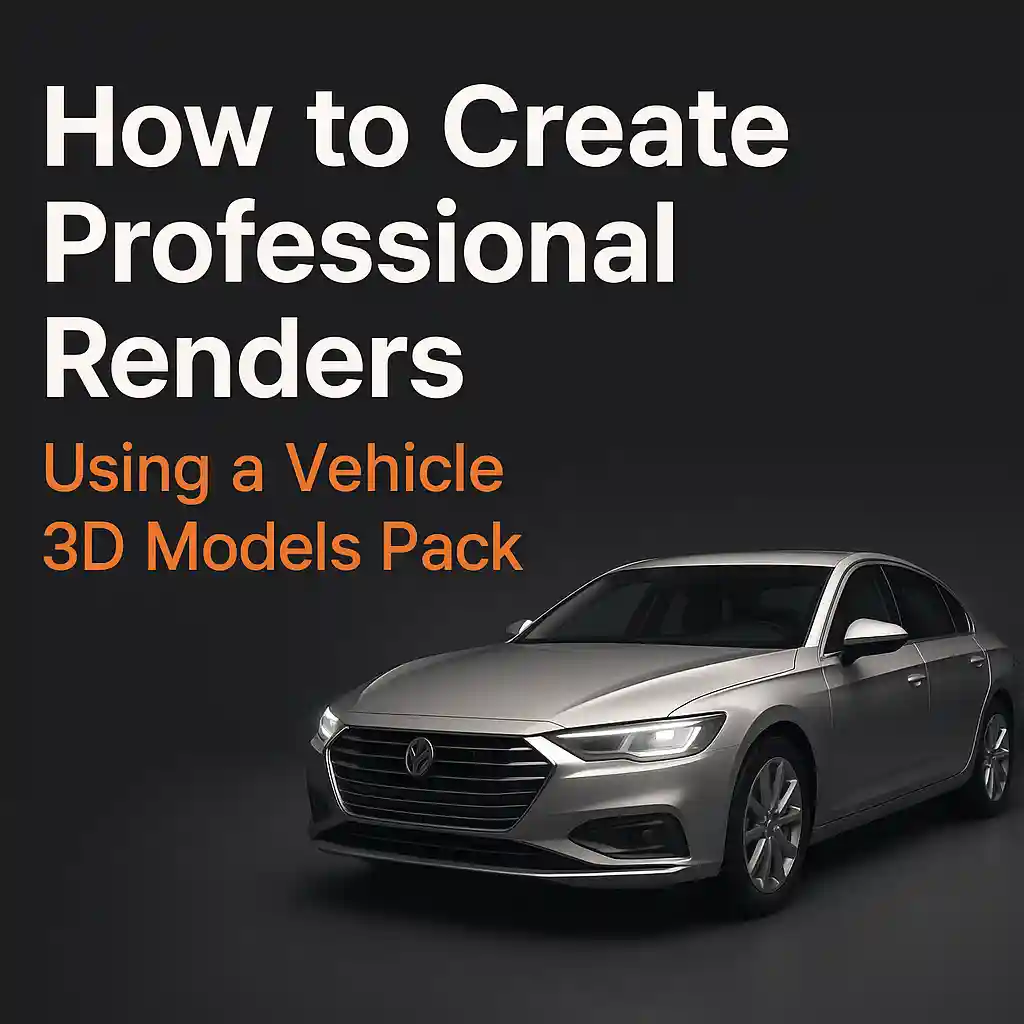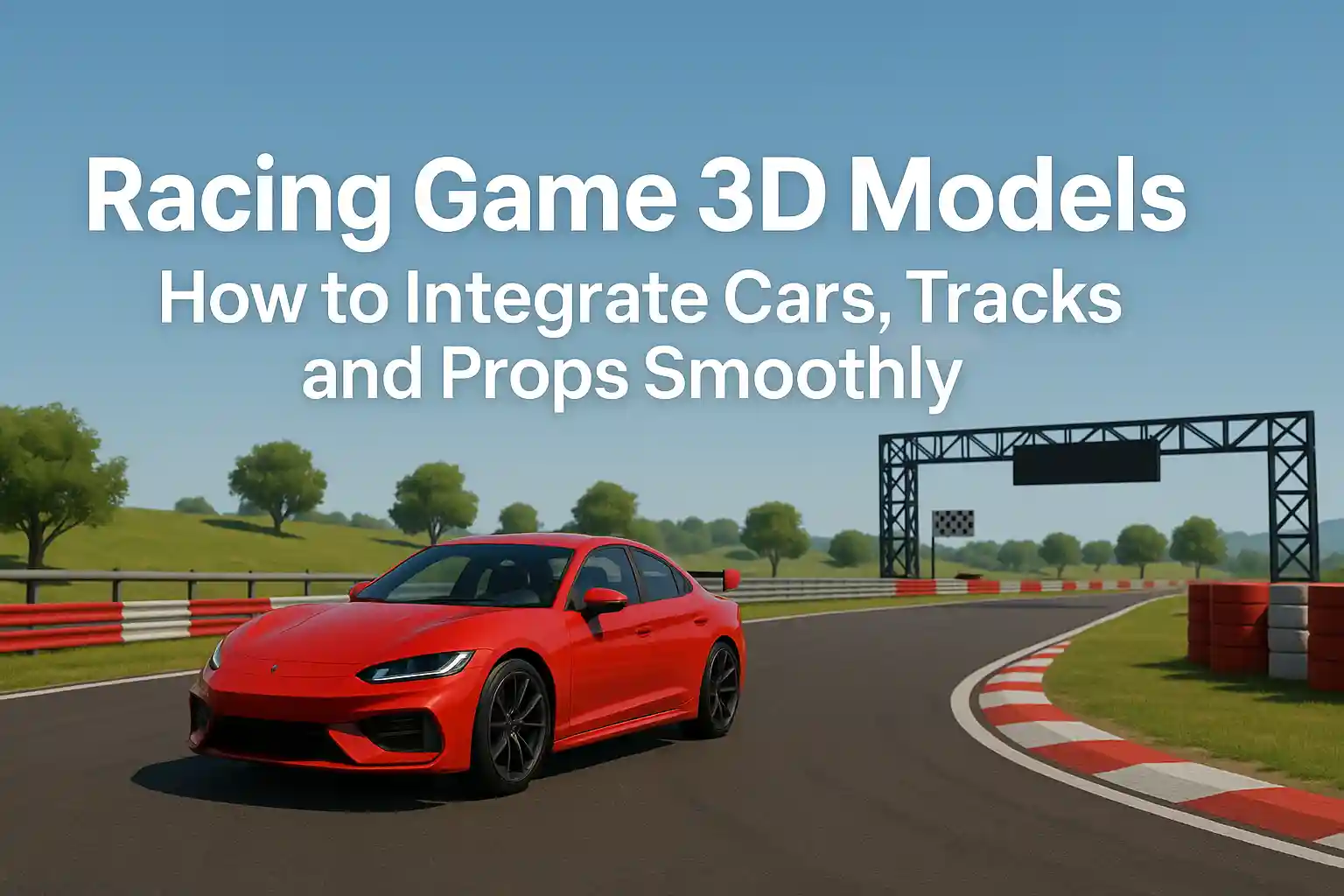The world of VR and AR is expanding fast. Immersive experiences depend on realistic visuals, and that’s where 3D models for VR/AR come in. From gaming to training simulations, these models define how believable a virtual environment feels.
In this article, we will explore what makes VR/AR models unique, why they matter, and how to get the best results without wasting time or resources.
What Are 3D Models for VR/AR?
3D models for VR/AR are digital objects used in virtual and augmented environments. Unlike traditional 3D models, they must be lightweight yet visually accurate.
For instance, a 3D character in a VR game must run smoothly without dropping frames. Similarly, an AR app overlaying furniture in a real room needs precise scale and texture. Poorly optimized models can ruin the experience.
According to Statista, the global VR/AR market will reach $300 billion by 2025. This growth fuels demand for high-quality yet optimized 3D models for VR/AR.
Why Optimization Matters
One major challenge in VR/AR is hardware limitations. Headsets, especially standalone devices, have limited GPU power. Large models with millions of polygons can cause lag or motion sickness.
Optimization reduces polygons while keeping detail. Techniques include:
- Level of Detail (LOD): Using simpler models for distant objects.
- Texture Baking: Applying high-res details as textures on low-poly models.
- Polygon Reduction: Removing unnecessary geometry while maintaining shape.
Well-optimized 3D models for VR/AR ensure smoother performance, higher frame rates, and better user experience.
Key Features of VR/AR Models
Realism
Realistic textures, lighting, and shading make VR/AR models believable. Users notice even small flaws. For instance, in a VR medical training app, realistic anatomy is crucial for learning.
Interactivity
VR/AR models must respond to user actions. For example, a virtual door should open when touched, or a chair should scale correctly when moved in AR. Interactivity adds immersion.
Scalability
Many VR/AR apps require hundreds of assets. Models must be reusable and adaptable for different projects. Developers often create modular designs to save time.
Formats and Compatibility
3D models for VR/AR come in several formats. Popular ones include:
- FBX: Widely used in Unity and Unreal Engine.
- GLTF/GLB: Optimized for web-based VR/AR.
- OBJ: Simple format, compatible with most software.
Choosing the right format ensures smooth integration and minimal errors during deployment.
Textures, Materials, and Shaders
Textures define a model’s look. PBR (Physically Based Rendering) materials are common in VR/AR. They simulate how light interacts with surfaces, giving realism to metals, plastics, and fabrics.
Shaders control how surfaces respond to light in real-time. In AR apps, shaders help models blend seamlessly with real-world lighting. Without them, objects appear fake.
According to Unity reports, PBR models improve immersion by 40% in VR/AR training simulations.
Where to Get High-Quality 3D Models
Finding ready-to-use 3D models for VR/AR can be time-consuming. Animatics Asset Store offers free and optimized assets specifically for VR/AR projects.
These models save developers time while maintaining performance. They include modular pieces, characters, and environmental objects ready for integration. Using such resources allows developers to focus on creativity rather than creating every model from scratch.
Common Mistakes to Avoid
- Overloading Polygon Count
High-poly models may look good but can crash VR/AR apps. Always aim for balance. - Ignoring UV Mapping
Poor UV maps lead to stretched or misaligned textures. - Skipping LOD Implementation
Without LOD, performance drops, especially in large environments. - Neglecting Interaction Testing
Test models in real VR/AR setups. Some animations may not behave correctly.
The Role of Animation in VR/AR
Static models are just the beginning. Animations bring them to life.
- Character Animation: Walk cycles, gestures, facial expressions.
- Object Animation: Doors, buttons, levers that react to user input.
- Environmental Animation: Moving clouds, flowing water, or dynamic lighting.
Even simple animations can increase immersion by 50%, according to VRFocus reports.
Performance Metrics
Developers must track performance:
- Frame Rate (FPS): 60 FPS is ideal for VR to prevent motion sickness.
- Draw Calls: Too many can reduce performance.
- Memory Usage: Low-poly models with optimized textures reduce strain.
Optimized 3D models for VR/AR are critical to meet these metrics.
Future Trends
- AI-Assisted Model Generation
AI can generate low-poly models with high realism in minutes. - Cloud-Based Assets
Web-based VR/AR apps will stream models directly from servers. - Procedural Content
Games and simulations will increasingly use procedural generation for environments, saving storage and enhancing variety.
Conclusion
3D models for VR/AR are the backbone of immersive experiences. Optimized, interactive, and realistic models ensure smooth performance and engagement. Using resources like Animatics Asset Store can save time and deliver high-quality models ready for projects.
As VR/AR continues to grow, mastering these models is essential for developers, designers, and enthusiasts alike. Investing in well-crafted models today ensures better experiences for users tomorrow.






